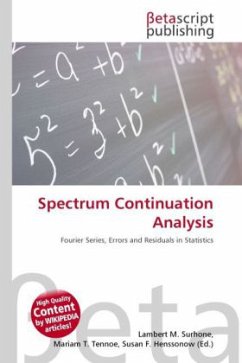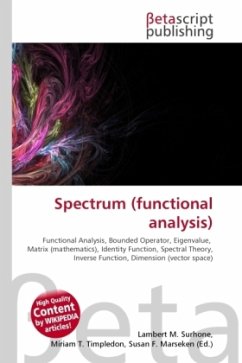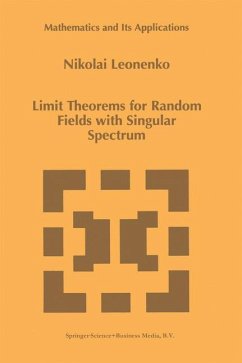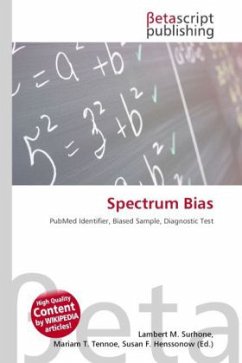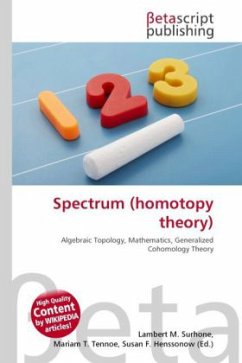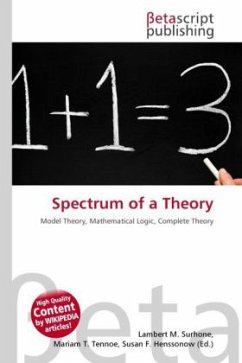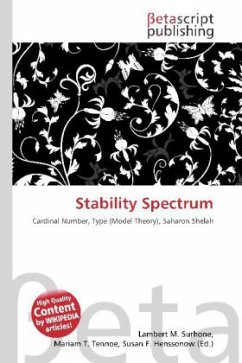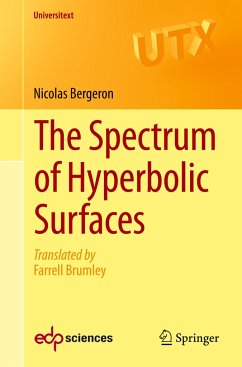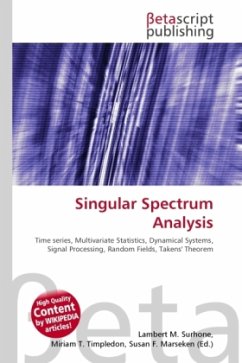
Singular Spectrum Analysis
Versandkostenfrei!
Versandfertig in 6-10 Tagen
23,99 €
inkl. MwSt.

PAYBACK Punkte
12 °P sammeln!
High Quality Content by WIKIPEDIA articles! Singular spectrum analysis (SSA) combines elements of classical time series analysis, multivariate statistics, multivariate geometry, dynamical systems and signal processing. Its roots lie in the classical Karhunen (1946)?Loève (1945, 1978) spectral decomposition of time series and random fields and in the Mañé (1981)?Takens (1981) embedding theorem. In practice, SSA is a nonparametric spectral estimation method based on embedding a time series X(t): t = 1,N in a vector space of dimension M. SSA proceeds by diagonalizing the Mtimes M lag-covarianc...
High Quality Content by WIKIPEDIA articles! Singular spectrum analysis (SSA) combines elements of classical time series analysis, multivariate statistics, multivariate geometry, dynamical systems and signal processing. Its roots lie in the classical Karhunen (1946)?Loève (1945, 1978) spectral decomposition of time series and random fields and in the Mañé (1981)?Takens (1981) embedding theorem. In practice, SSA is a nonparametric spectral estimation method based on embedding a time series X(t): t = 1,N in a vector space of dimension M. SSA proceeds by diagonalizing the Mtimes M lag-covariance matrix {textbf C}_X of X(t) to obtain spectral information on the time series, assumed to be stationary in the weak sense. The matrix {textbf C}_X can be estimated directly from the data as a Toeplitz matrix with constant diagonals (Vautard and Ghil, 1989), i.e..



